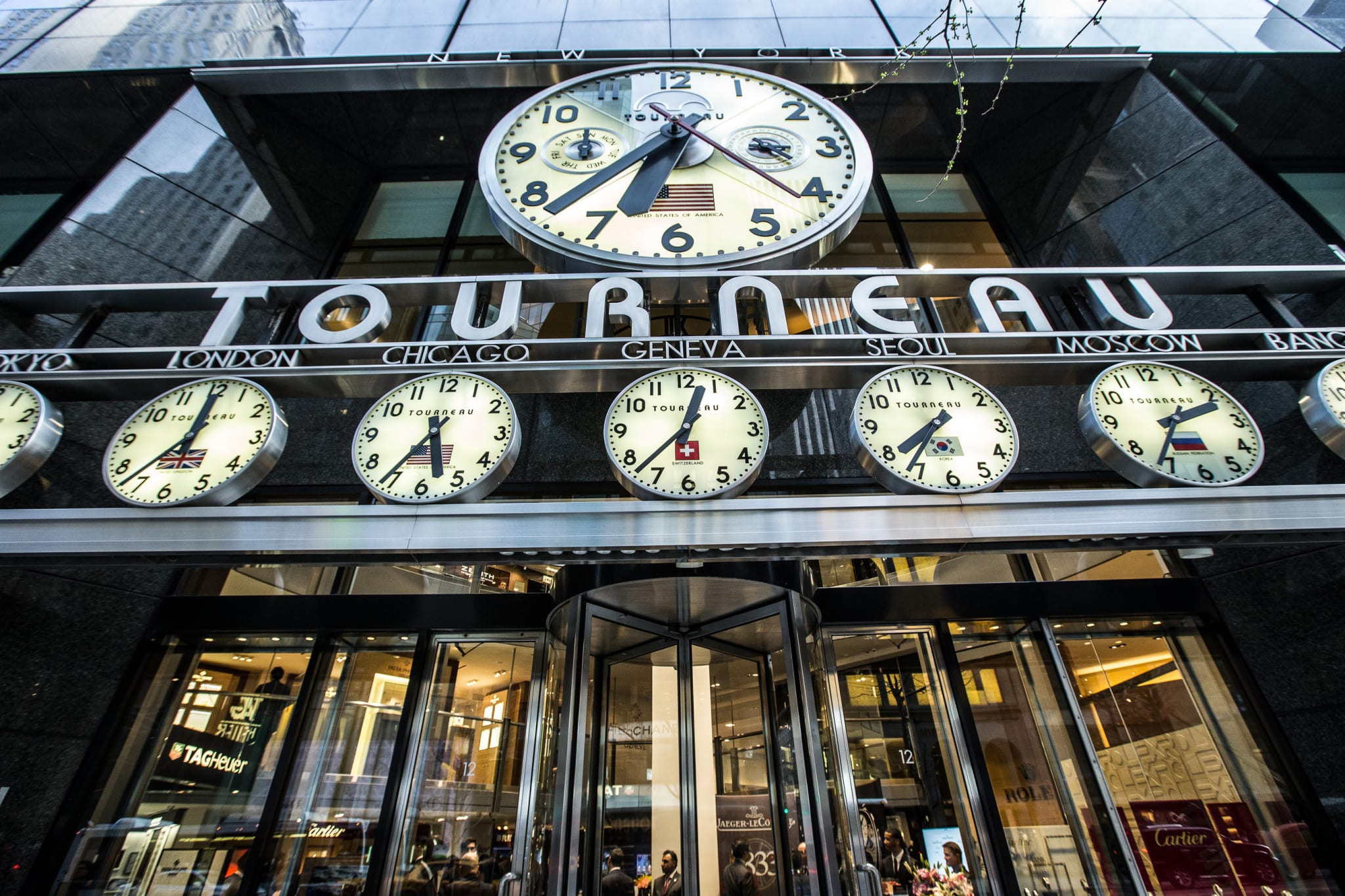As we enter a new year and decade, the debate continues within the world of luxury watches about what is the most viable channel for distribution of product. Andrew Block, president and CEO of Second Time Partners, considers whether multi-brand independently owned retail stores are still relevant to the consumer or will brand-owned direct to consumer stores dominate in the future?
The multi-brand retailer was the original financial engine that funded the growth of luxury watch brands. Before the advent of brands going direct to consumer, it was the multi-brand independent retailer that bought product, spend money on promoting that brand’s product and helped grow the brand’s consumer following.
Think in terms of return on investment capital; brands have invested the retailers money in product development and brand building.
And in return for that investment, the brands have developed unique limited edition product that the “investors” have no access to and have opened their own retail stores in direct competition with their original “investors” or even close their “investors” to support their own direct to consumer strategy.
The short sighted strategy of brands going direct to consumer is built on nothing but greed. Why continue to share margins with multi-brand retailers when the brands can keep it all for themselves? Because by doing so, it creates shareholder value; which in this case, the shareholders are the institutional investors, who now have supplanted the original multi-brand retailer “investors” in terms of importance to the brands.
Retailers who understand and use data, look at metrics such as LTV or Lifetime Customer Value and CAC, Customer Acquisition Costs to better manage their businesses. LTV is a metric that describes what value through many years of purchases a long time customer brings to the retailer. Multi-brand, independent local retailers can measure LTV as they have sold their loyal clients watches and jewelry through in many cases, multiple generations. CAC is a metric used to determine the cost of acquiring new customers through all of their marketing and outreach expenses.
The two important metrics noted above are trending negatively for muti-brand independent retailers as CAC is increasing and LTV is diminishing because of the uneven playing field created by their brand “partners”, while Brand stores CAC is decreasing and LTV is non-existent. When a brand limits the availability of its most desirable product and designates the product “boutique only”, long term loyal customers often walk out of the local jeweler disappointed because the latest and greatest product that’s all abuzz globally will never see the local jewelers showcase.
By designating product “boutique only” brand store CAC will decrease because the cost to acquire is easily offset by keeping the impossible to get product for themselves. The loser in this scenario is LTV as neither the local retailer nor the brand store can create any life-time value.
The biggest loser in this picture is the entire watch industry; an industry that has had trouble growing demand and creating relevance. The answer to this distribution debate is simple.
There is plenty of room for both forms of retail. One can support the other. Product should be made available to everyone. The end result can only amount to growing a category that is by all means, totally irrelevant to the mass consumer.
 About the author: Andrew Block is president and CEO of Second Time Partners, a New York-based marketing agency for luxury brands. He has previously spent 20 years with Tourneau, concluding in 2011 as executive vice-president of marketing and advertising.
About the author: Andrew Block is president and CEO of Second Time Partners, a New York-based marketing agency for luxury brands. He has previously spent 20 years with Tourneau, concluding in 2011 as executive vice-president of marketing and advertising.


Great points & well explained Andrew.
Totally agree. There is room for both the multi brand retailer and the brand boutique. Most watch consumers want to compare brands. The boutique does nothing to expand the demand for luxury watches.
I totally agree with these comments, and would add one more benefit to dealing with an AD :the knowledge, enthusiasm and customer service offered by an AD as opposed to (most) of the corporate sales people at the boutiques.